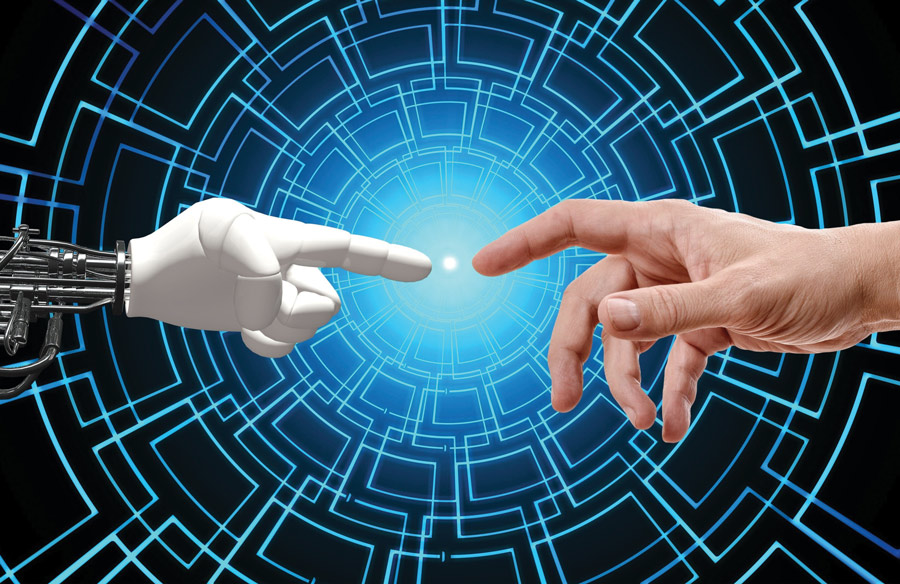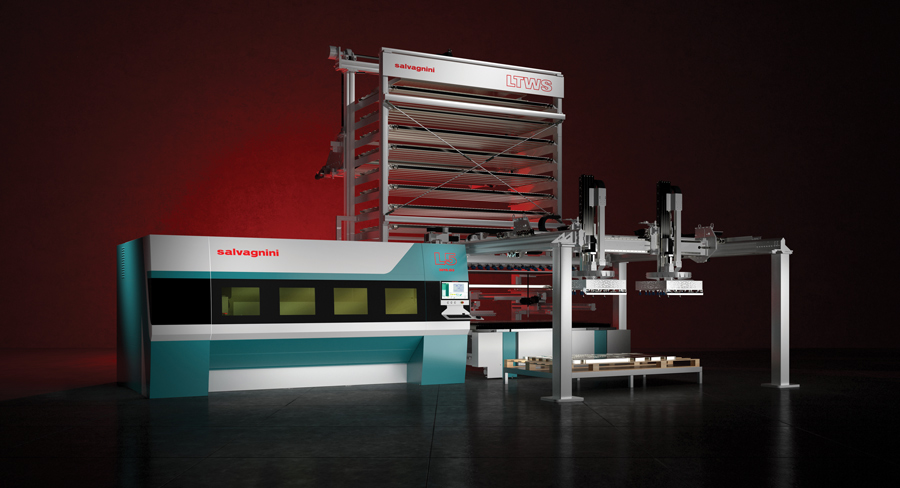
For many job shops it is understanding that automation is a journey, not a destination. You don’t have to immediately jump into expensive full automation. Do take stock of what is out there. Decide where your entry point is and go from there.
Here is some information about automation in manufacturing.
Industry 4.0 – The Fourth Industrial Revolution is defined as the ongoing automation of traditional manufacturing and industrial practices, using modern smart technology. This revolution ushered manufacturers into the digital age and the era of smart machines, storage systems and production facilities. Automated machines that support cloud-based process integration are prerequisites for IIoT initiatives. A robust ERP [enterprise resource planning] and MES [manufacturing execution system] platform allow job shops to automatically monitor production levels and machine status in real time.
The continued demand for cost competitive, quality parts with short delivery windows is pushing manufacturers to improve their operations.
Machine-to-machine capabilities and the use of cyber-physical systems such as sensors that can access large amounts of data are considered hallmarks of Industry 4.0 practices. Manufacturing cells can use data to automate complex tasks and improve process efficiencies, but fabricators must also develop appropriate methods for interpreting the information. Defining a statement of work, identifying performance requirements and working with the right supplier for equipment and software needs can help a job shop determine the right level of automation.

Salvagnini’s panel bender [introduced in 1977] technology was engineered to automatically bend parts from flat material without operator intervention during primary processing. The machine’s human counterpart was tasked to load the machine with raw material and remove finished parts. The machine builder’s line of panel benders has grown to include three main series: the P1, P2lean and P4lean for a total of 15 models.
Like all of Salvagnini’s products, its panel benders use proprietary software packages that include CNC control and CAD CAM programming to establish communication between the machine and a company’s departments that manage production flow. Advanced sensors make Salvagnini’s panel benders intelligent, which allows the machines to automatically adjust to material changes as well as variables from the surrounding environment. Flexible automation includes universal bending tools which automatically adapt to panel geometry in-cycle without downtime or manual re-tooling. Use of smart, automated machines can also create efficiencies that allow legacy equipment to be replaced and operations streamlined.

Today, in addition to the panel bender family and the S4, Salvagnini offers the S1 mechatronic punching laser combination machine; L3 and L5 fiber laser cutting machines; B3 press-brakes, the ROBOformER robotic bending cells; MD and LTWS automatic storage, large MV tray store-towers, and a complete range of automatic material handling systems. The high modularity of Salvagnini products, and high-performance software, allows the company to design flexible systems in any combination, from a compact stand-alone configuration, to any sort of FMS with the capability to automate factory logistics and processes.
“New 4.0 technologies improved the idea of flexible automation,” Piccolo says. “Machines are now deeply interconnected and adaptable. Smart machines and logistics are integrated to a manufacturer’s ERP system for upstream and downstream operations. Digitalization also brought intelligence outside the factory in terms of communication through the Industrial Internet of Things. This is an exceptional tool because it allows precise data collection. Our focus has always been to listen to customers, service them punctually, monitor and support preventative maintenance, understand what their goals are and support them for continued process improvement using the technology efficiently.”
Software also plays a fundamental role in integrating 4.0 concepts. “Software gives the machine its intelligence,” Piccolo says. “Software transmits the job to the machine in a digital manner and allows the machine to provide feedback to the operator or link to the Cloud.”
Salvagnini offers a complete suite of proprietary software, a CNC control based on Windows 10, FACE for Human Interface, STREAM for CADCAM programming, OPS to connect each machine to a company’s ERP network and LINKs for continuous monitoring of systems in production.
“Automation is not the enemy of human labor,” Piccolo notes. “Instead it creates a better work environment for people and frees them to perform more value-added tasks. “Automation is not a switch you turn on. It’s a journey we take with our customers to help them make better parts that cost less.”